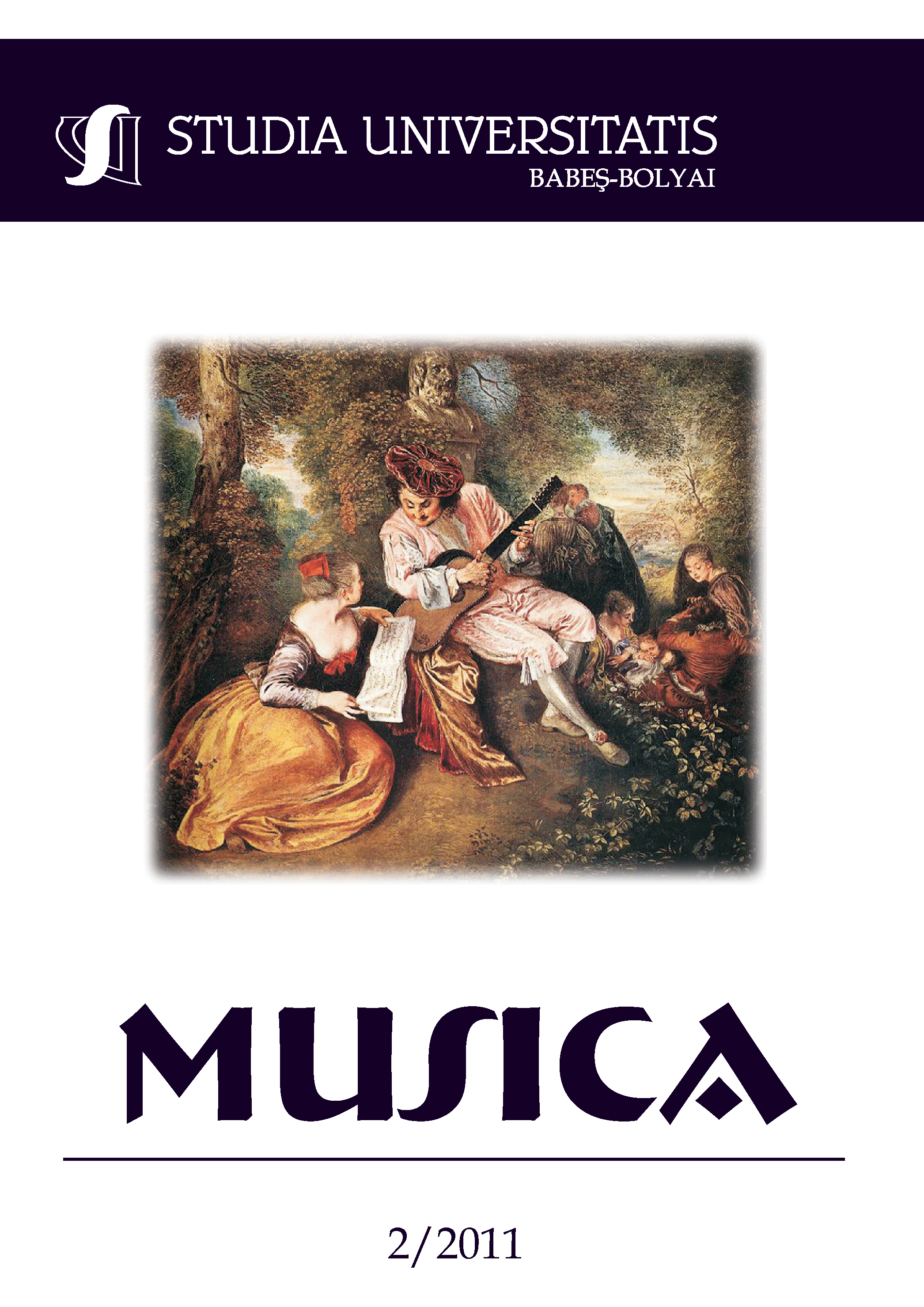COMPARATIVE STUDY BETWEEN MUSIC AND LANGUAGE
Keywords:
Chomsky, Schenker, language, music, structureAbstract
The comparative study of music and language has become the object of many specialised researcher. As language, music involves perceptible elements organized in a hierarchy of sequential structures, based on syntactic principles. In order to define the concept of musical language and especially to understand why music is a language, we will start from the larger sphere of the definitions of natural languages.
We will see how the language elements and the mechanisms through which they become functional in communication can be extrapolated in music. The correspondence between natural language and musical language is biunivocal in general terms and flexible in particular situations. We will compare the two languages, in order to discover and express the places of interference and of dissociation between them.
References
***, DEX (Explanatory Dictionary of the Romanian Language), Ed. Univers Enciclopedic, Bucureşti, 1998.
Chomsky, N., Syntactic Structures, Mouton, 1978.
Flonta, M., Cognitio. O introducere critică în problema cunoaşterii (Cognitio. A Critical Introduction in the Problem of Knowledge), Editura All, Bucureşti, 1994.
Jackendoff, R., Foundations of Language, Oxford University Press, New York, 2002.
Ruwet, Nicholas, Language, musique, poésie, 1972.
Saussure, F., Writings in General Linguistics, Oxford University Press, Oxford, 2006.
Schenker, H., Oster, E., Compoziţie liberă (Free Composition, New Musical Theories and Fantasies), Pendragon Press, New York, 2001.
Teodorescu-Ciocănea, L., Tratat de Forme şi Analize Muzicale (Treatise of Musical Forms and Analyses), Ed. Muzicală, Bucureşti, 2005.
Downloads
Published
How to Cite
Issue
Section
License
Copyright (c) 2011 Studia Universitatis Babeș-Bolyai Musica

This work is licensed under a Creative Commons Attribution-NonCommercial-NoDerivatives 4.0 International License.



